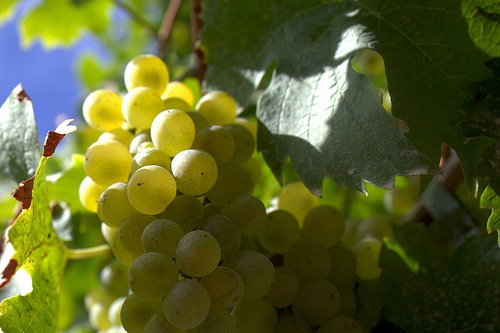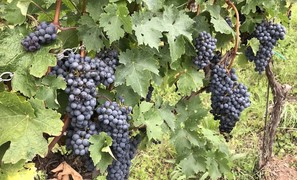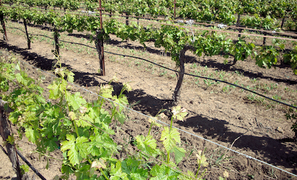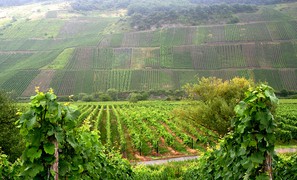Trends in wine grape ripening in northeastern Slovenia

Slovenia is a viticultural world in miniature, including all of the world’s important wine grape varieties for the production of quality wine. The region of Styria (NE Slovenia) is the most extensive wine-growing region in the country.
Estimation of the impact of climate change on the growth cycle of the grapevine has shown a significant impact on harvest timing and season duration. Grape maturity was shown to occur 4−8 days per decade earlier since the 1980s when compared to previous decades for all varieties studied, and harvest was advanced into a warmer part of the season.
In general, the quality of Slovenian wine increased after 1970, due to higher temperatures, but also due to modernization in both the vineyard and winery. However, if the trend in regional warming continues as predicted by climate models, or continues at the same rate as it has been occurring in the past 30 yr, the Slovenian Styria wine region will likely see lower quality vintages, mainly because of low acid content, very high alcohol, and other less desirable wine characteristics.
Negatives effects of climate change on viniculture include an increase of soil erosion, particularly in vineyards on steep slopes, greater pest and disease pressure due to the milder winters, a higher likelihood of diseases such as botrytis due to earlier grape ripening, and changes in the physiology of the vine and grape composition due to an increase in ultraviolet-B (UV-B) radiation on the soil surface.
One potential adaptation is that early varieties can be grown on more northerly facing slopes with less insolation. In this wine region, such a change would be possible because the majority of vineyards are on steep slopes with different sun exposures. A more long-term measure is the replacement of varieties, because the wine laws allow the planting of only certain varieties in certain regions of Europe. Therefore, the use of drought-tolerant rootstocks is a reasonable adaptation.
Source: Vršič et al., 2014. Climate Research 58: 257–266.
Photo: Tribp (www.flickr.com)






